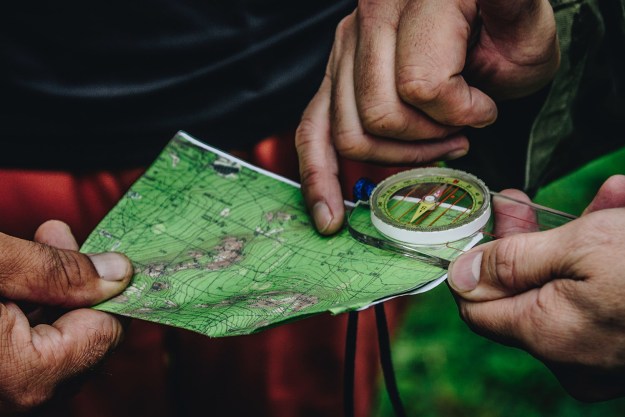
Patagonia is fairly famous already for providing incredible quality of life for its employees, so it’s hardly a surprise that this concern for healthy, happy lives extends to the people who manufacture their products. The team at the company tasked with ensuring environmental and social responsibility vets the factories Patagonia considers employing, working with Fair Trade USA to ensure the factories adhere to International Fair Trade standards. These standards include stipulations about providing living wages, safe working conditions, and employee empowerment–all rare considerations among most garment producers. Not all their factories are overseas– they have a factory in Los Angeles, which sews and prints their organic cotton t-shirts and is a great example of their commitment to transparency. On their website, they provide detailed information about the factory, including issues they found during an audit and an update on the needed changes now being made.
Essentially Patagonia pays a premium for every item they offer that is Fair Trade certified. That money goes straight to the workers of the factory and it’s up to the employees to decide how to spend it. According to the company, between 2014 and 2016, the workers who are a part of their Fair Trade initiative have earned an additional $430,000 in wages, which was spent on anything from educational costs to creating a child care program at the factory.
In the years since Patagonia began working with Fair Trade USA, they have steadily expanded the styles offered through the program. In 2014, 10 Fair Trade styles were offered, all of which were made in one factory. A mere two years later, Patagonia offers 192 Fair Trade options across three categories: Men’s, Women’s, and Children’s clothing. These items are made in six different factories and, by 2017, the company hopes to offer 300 styles, expanding their Fair Trade factories to 13. That is a remarkable amount of lives transformed: about 7,000 in fact.
Some of the Fair Trade Certified options include the Patagonia classic Better Sweater Fleece Jacket, which is about $139. Not bad when you consider the opportunities for education and economic advancement in developing nations that your decision to keep yourself warm provides. Their durable, long-lasting and versatile Men’s Cords are also certified and are only $89. You can find the full line of Fair Trade Certified options here.
If you’d like to learn more and meet some of the people who make Patagonia’s clothes who have benefited from consumers choosing Fair Trade products, you can watch Patagonia’s trailer.


